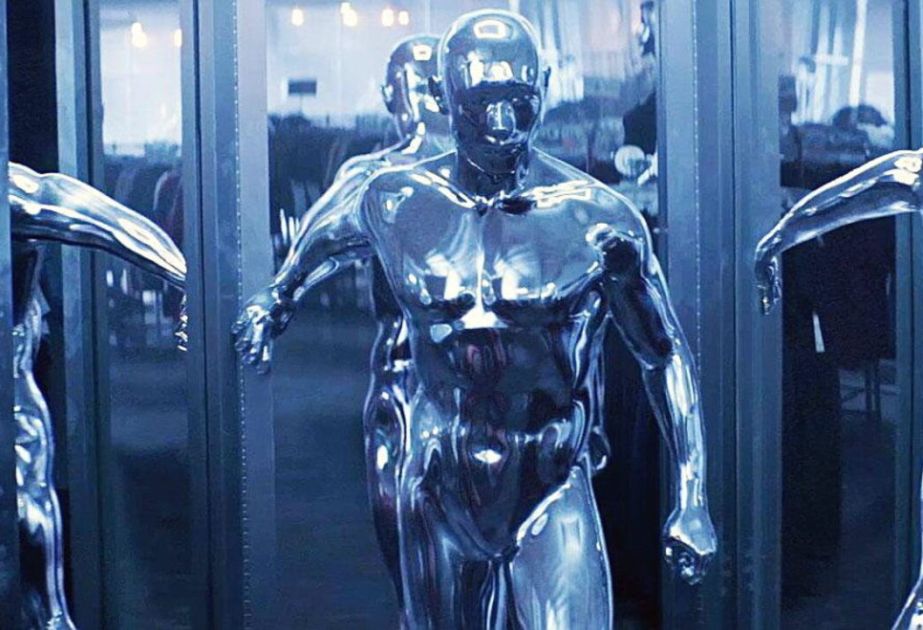By Alimat Aliyeva
South Korean scientists, together with international colleagues,
have developed a new generation of soft robots based on liquids.
These robots can pass through metal rods, merge with other robots,
and even move across water, Azernews reports.
Biological cells are known for their ability to change shape,
divide, merge, and absorb other substances. Scientists have long
tried to replicate these properties in artificial systems, but
traditional rigid robots lack the flexibility to do so.
In this new study, the team created a “liquid” robot protected
by a dense layer of hydrophobic (water-repellent) particles. This
design gives it the plasticity of a liquid combined with the
structural stability of a solid. The robot can withstand extreme
compression and fully recover its shape after impact, such as
falling or squeezing.
Experiments showed the robot can navigate through tight spaces,
pick up and carry objects, and move both on solid ground and over
water. Its movement is controlled using ultrasound waves.
This innovative model is designed for biomedical applications,
such as targeted drug delivery, and could also be used in
search-and-rescue operations in disaster zones. Researchers plan to
further develop the robot and expand its potential capabilities,
according to Science Advances.
Earlier in China, a clawed robot was developed for space mining.
It features gripping mechanisms for anchoring in low-gravity
environments and is equipped with wheels, allowing it to operate on
both planetary and asteroid surfaces.
In the future, such liquid-based robots could even be
miniaturized for internal medical procedures, performing tasks like
microsurgery or diagnostics without invasive methods.
